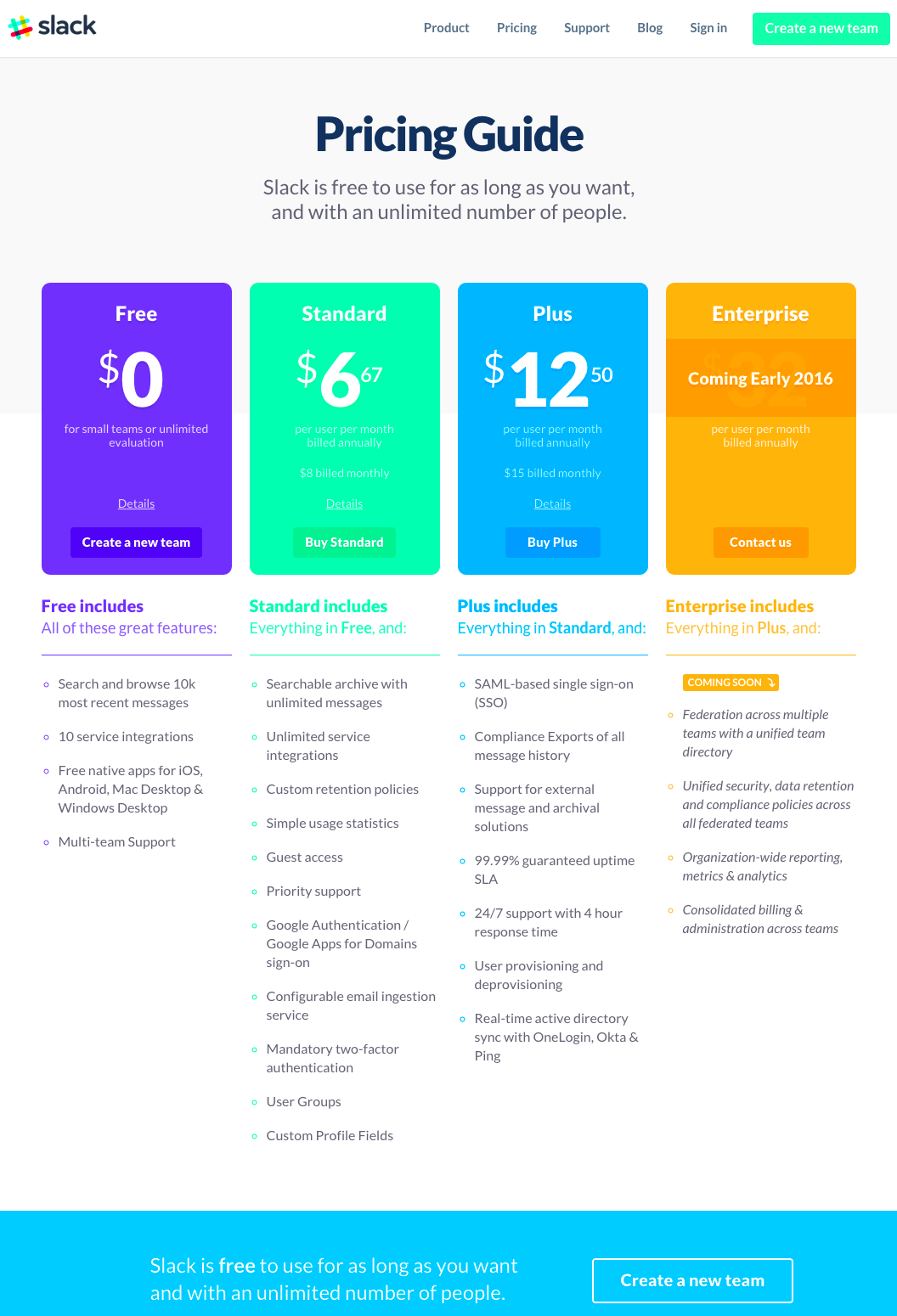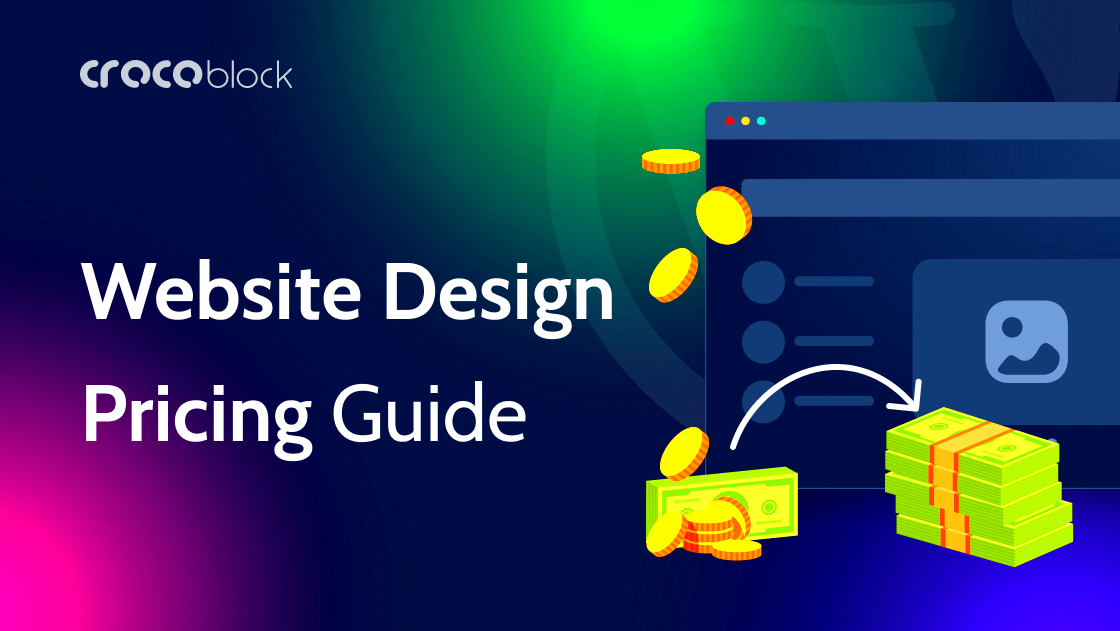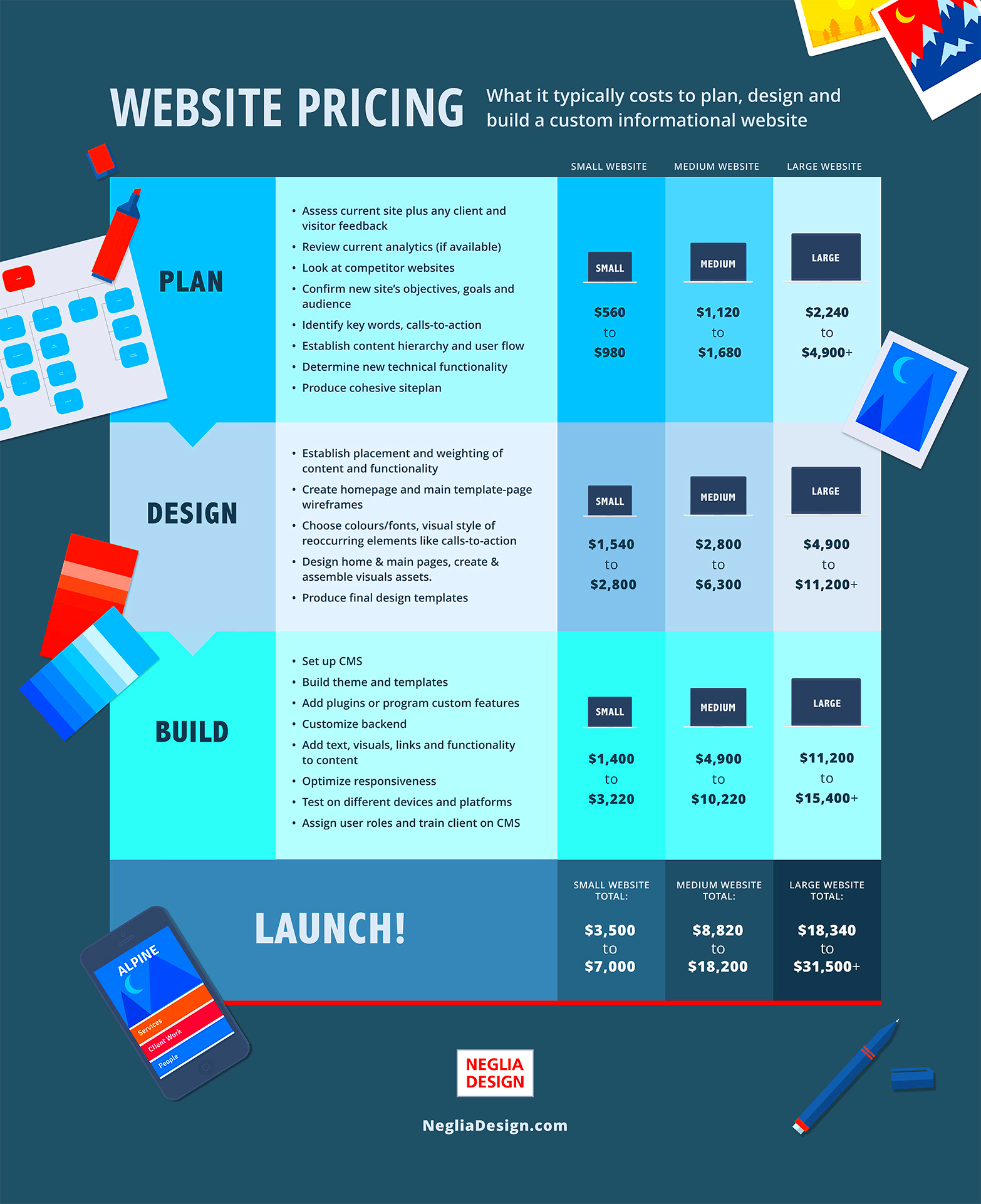It can be somewhat difficult comprehend pricing when it comes to freelance web design. Setting a price is not all there is to it; it should also portray your abilities, show what you are able to offer and the market in which you operate. This means that if you want to maintain your freelance career, you have to know how to set the right prices so that clients feel they are not being cheated.
To begin with, take into account these couple of things:
- Know Your Worth: Your experience and skill level play a huge role in how you price your services.
- Market Research: Look at what other freelancers with similar skills are charging.
- Client Budget: Understand your clients’ financial capabilities and expectations.
The knowledge of these fundamentals will enable you to develop a price strategy that shows your worth and pulls in customers.
Factors That Influence Web Design Pricing

In choosing your web design price, different things will matter. Knowing them will help you customize your prices better. The following are some central components:
- Experience Level: More experienced designers typically charge higher rates.
- Project Complexity: A simple website will cost less than a complex e-commerce site.
- Timeframe: Rush jobs may warrant higher pricing due to the tight schedule.
- Client Type: Corporate clients may have larger budgets than small businesses or startups.
- Geographic Location: Pricing can vary significantly based on where you and your clients are located.
If you consider these factors, then you will be able to set your prices for every project and client well enough so that you both of you can be happy.
Also Read This: How to Transfer Fiverr Money to PayPal
Common Pricing Models for Freelance Web Designers

There are different types of pricing models that freelancers can opt for, and each comes with its own merits and demerits. By having insights into these alternatives, you will be able to choose a suitable model that fits your work pattern as well as satisfies the demands of your clients. Some examples of common pricing structures include:
| Pricing Model | Description | Best For |
|---|---|---|
| Hourly Rate | You charge for every hour worked. | Short-term projects or when tasks are uncertain. |
| Flat Rate | A fixed fee for the entire project. | Well-defined projects with clear requirements. |
| Value-Based Pricing | Pricing based on the value you bring to the client. | High-impact projects where the outcome is clear. |
| Retainer Model | A regular fee for ongoing work. | Long-term relationships with clients needing continuous support. |
The right model will depend upon your ways of working, your interactions with clients and the specifics of the project you are dealing with. You should test various models to discover which is most suitable for you.
Also Read This: How to Create a Successful Fiverr Gig
How to Set Your Web Design Rates

Setting your web design rates can feel daunting, especially if you're just starting. The key is to find a balance between what you’re worth and what clients are willing to pay. Here’s how to approach this important task.
Consider these steps first:
- Assess Your Skills: Take a moment to evaluate your skills and experience. If you’ve been in the industry for a while, it’s reasonable to set higher rates.
- Conduct Market Research: Look around to see what other web designers in your area or niche are charging. This can give you a benchmark.
- Calculate Your Costs: Factor in your living expenses, software subscriptions, and taxes. Ensure your rates cover your costs and allow for a profit.
- Choose a Pricing Model: Decide whether you prefer hourly rates, flat fees, or value-based pricing. Each model has its benefits, so choose what aligns best with your work style.
- Test and Adjust: Don’t be afraid to experiment with your rates. If you’re not getting enough clients, consider lowering your rates temporarily, and if you’re overwhelmed, you may want to raise them.
The following steps can help you set prices that reflect your value but still remain competitive.
Also Read This: Can You Really Support Yourself with Fiverr?
Creating Packages for Different Client Needs
Providing web design packages can make your pricing easier and draw in more clients. Clients will find it easy to select the right option because they will know exactly what they are going to get for their money.
Effective package design steps:
- Identify Client Needs: Think about the common needs of your clients. Do they need basic sites, e-commerce solutions, or ongoing maintenance?
- Define Package Levels: Create different levels of packages, such as Basic, Standard, and Premium, to cater to varying budgets and requirements.
- Include Clear Descriptions: Clearly outline what each package includes. For example:
| Package | Features | Price |
|---|---|---|
| Basic | 1-page website, responsive design, basic SEO | $500 |
| Standard | 5-page website, responsive design, basic SEO, and 1 month support | $1,200 |
| Premium | 10-page website, responsive design, advanced SEO, e-commerce features, and 3 months support | $2,500 |
In the end, you will have increased sales through creating structured packages that enable your clients to select what they want depending on their needs and budget.
Also Read This: How to Set Up a Request Through Fiverr
Tips for Justifying Your Pricing to Clients
It is important for you to justify your pricing to clients in order to build trust and to show them the value of the services you are offering. Below are some practical advice on how to convey your worth well:
- Showcase Your Portfolio: Having a strong portfolio is crucial. Highlight past projects that demonstrate your skills and the results you’ve achieved for other clients.
- Discuss Your Process: Explain your design process, including research, planning, and revisions. This transparency helps clients understand the effort that goes into your work.
- Provide Testimonials: Positive feedback from past clients can bolster your credibility. Share testimonials that speak to your professionalism and results.
- Explain Long-Term Value: Emphasize how a well-designed website can lead to better user engagement, higher conversion rates, and ultimately more sales for their business.
- Be Open to Discussion: Encourage clients to ask questions about your pricing. Being open shows confidence in your worth and allows for better understanding.
When you practice these tips, clients will learn how to appreciate your worth and become more at ease with the charges that you have set.
Also Read This: How to Complete Your Fiverr Profile: A Step-by-Step Guide
Negotiation Strategies for Freelance Web Designers
As a freelance web designer, negotiating is an essential skill that you cannot afford to ignore. It is not only about pricing your services higher than expected; it is also about ensuring that both parties benefit from the same deal. You can maneuver through negotiations with more effectiveness and establish a better relationship with clients if you have the right strategies.
These are a few simple but effective negotiation strategies:
- Be Prepared: Before entering any negotiation, do your homework. Know your worth, understand the client’s needs, and be ready to explain why your services are valuable.
- Listen Actively: Pay attention to what the client is saying. Understanding their concerns and goals can help you tailor your proposal to meet their needs.
- Start with a Higher Rate: When negotiating, it’s wise to start with a price slightly higher than what you expect to receive. This gives you room to negotiate down while still meeting your desired rate.
- Be Flexible: Be willing to discuss different options, such as adjusting the scope of work or offering a discount for upfront payments. Flexibility can lead to a solution that works for both parties.
- Stay Professional: Keep emotions out of the negotiation. If things get tense, take a deep breath and focus on finding a mutually beneficial outcome.
In so doing, this phrase can be rewritten to reflect its true meaning while retaining its original format and length (but they are highly discouraged): This way you will negotiate well enough for your own payment and also meet the demands of your customer.
Also Read This: Does Fiverr Really Work?
FAQ About Freelance Web Design Pricing
Usually, clients have questions regarding pricing for freelance web design. If these typical questions are answered, it will help eliminate ambiguities and create a conducive environment for effective partnerships. Then, here are some frequently asked questions:
- What factors influence web design pricing? Many aspects affect pricing, including project complexity, your experience, and client budget.
- Do you charge by the hour or a flat fee? It depends on the project. Hourly rates work well for uncertain tasks, while flat fees are better for defined projects.
- How do I know if your rates are fair? Research similar designers in your area or niche to compare rates and services.
- Can you provide a detailed quote? Absolutely! A detailed quote will outline all costs and services included in your project.
- What if I need changes after the project starts? Additional changes may incur extra charges, but it’s always best to discuss any changes upfront.
Responding to these questions gives investors more assurance and define unambiguously what the project entails.
Conclusion and Final Thoughts
Pricing of your web design services are more of an art than a science; they require both a bit of creativity and some precision. By knowing the principles, understanding different variables and utilizing haggling methods, you will be able to establish a suitable pricing system that is commensurate with your worth and draws customers towards you. Moreover, it’s not all about putting up a price better than others think they deserve; rather it’s showing that amount in a way the client would understand.
Do not cease playing around with how much you find worth yourself, revisions in payment plans or things like that. Keep being receptive to comments and suggestions when it comes to how much these services should cost. In this way, you will achieve more success in maintaining relationships with customers over time. By so doing, price negotiations can turn more into professional showcases rather than episodes of shameful silence on the issue of fees for a freelance designer. Okay, let’s see what we can do!




